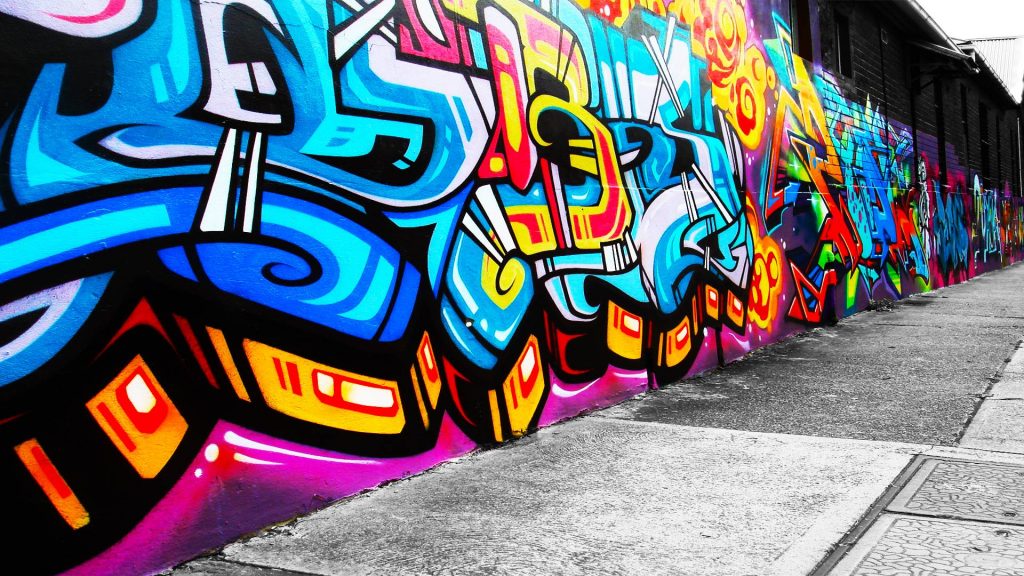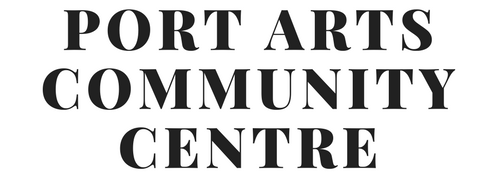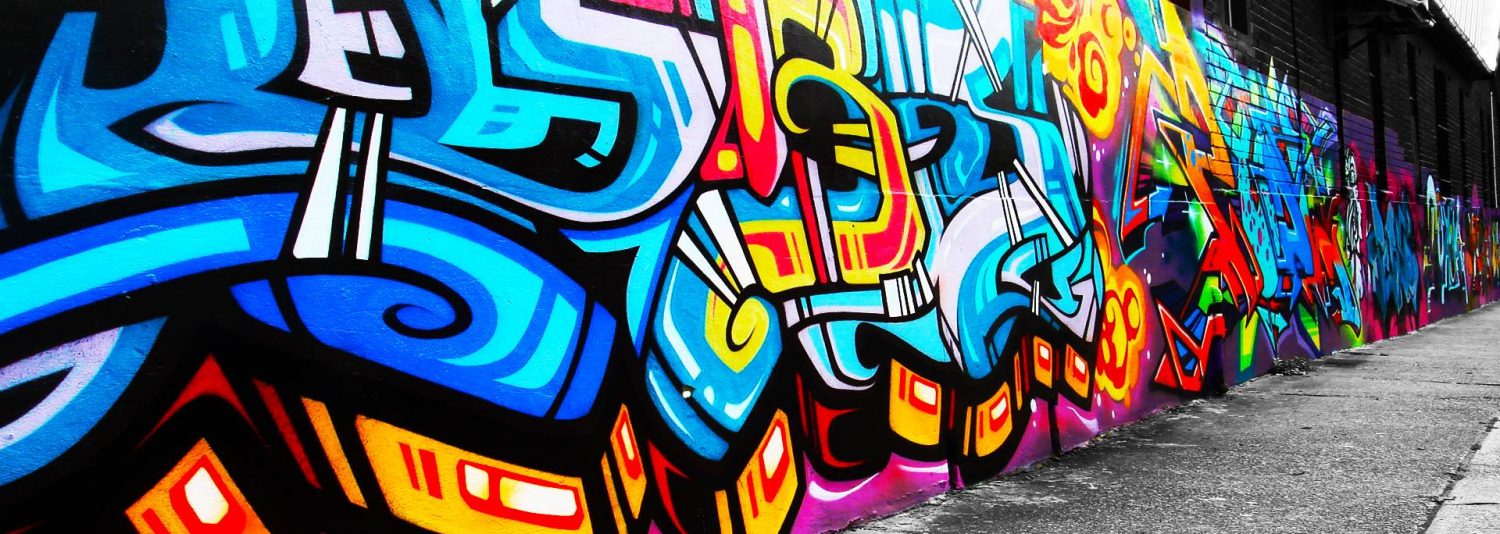Graffiti is not all about vandalizing private and public property. Needless to say, it is also not all about street art. There is more to than meets the eyes. Graffiti art has several application if you know how. Putting an end to all these pointless speculations, here you get the assurance that graffiti is, by all means, art; even quite a classic and gentry form of art.

Today, there are numbers of NGOs, social welfare departments, state level political parties and large-scale commercial organizations, who take an interest in the creative forms of art to bring their upcoming campaigns into the notice of public and with legal permission. As it has been aforementioned, graffiti art has now got an acceptable purpose other than being only a personal visual perspective.
Apart from this, there are some places in the world such as Queens, NY; Paris; Zurich; Prague and to name a few places where graffiti art is considered legal. The places above are primarily famous for their ethnic artwork, fashion and a variety of artistry. They take graffiti art quite seriously and use it to beautify ‘urban decay.’ For instance, if any public property is found not visually attractive, graffiti artists are then hired either by any local body or any individual to beautify it. Isn’t it a great and functional idea? Of course, it is!
Wait, we just forgot about London! One of the costliest and of course beautiful cities in the world, London has welcomed graffiti art quite generously. The city has spared quite a considerable number of places within it only for the practice of graffiti art, and they are such as Leake Street (Graffiti Tunnel); Alexandra Palace (The people’s palace); Tottenham; Crouch End, etc.

